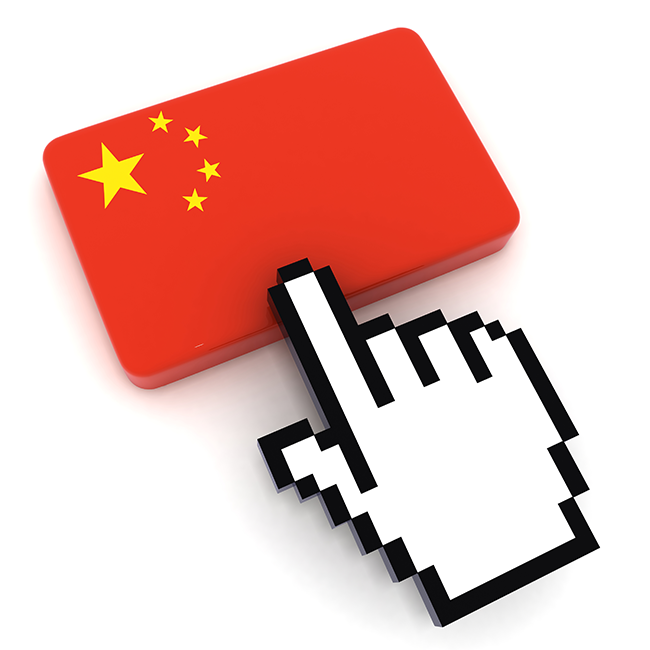••• e-commerce research
U.S. consumers not flocking to Chinese sites
 A survey conducted by One Hour Translation, an online translation agency, in collaboration with Google Consumer Surveys, found that the rate of U.S. citizens doing online shopping on Chinese Web sites is low. Only 15 percent of the U.S. consumers participating in the survey reported they had purchased a product or products from Chinese Web sites during the last year.
A survey conducted by One Hour Translation, an online translation agency, in collaboration with Google Consumer Surveys, found that the rate of U.S. citizens doing online shopping on Chinese Web sites is low. Only 15 percent of the U.S. consumers participating in the survey reported they had purchased a product or products from Chinese Web sites during the last year.
The U.S. survey was part of a larger one conducted in April 2016 which examined a representative sampling of 2,100 respondents from nine countries; 500 people from the U.S. and 200 from each of the following eight countries: U.K., Australia, Canada, Germany, France, Spain, Japan and Brazil. The survey question posed, and presented in the chief language of each of the nine countries, was: “Have you purchased any products from a Chinese Web site in the last year?” Sixteen percent of the Canadian consumers reported buying from a Chinese e-commerce site during the last year. In Europe, 11 percent of U.K. consumers purchased from Chinese sites, compared with 12 percent in Germany, 15 percent in France and a relatively high rate in Spain of 28 percent. Seventeen percent of Brazilian consumers reported they had purchased from a Chinese site, compared with 23 percent of Australians and a very low rate in Japan of 4 percent.
••• direct marketing
Thursday’s the day for e-mailing
 Data from Chicago-based marketing communications firm Yes Lifecycle Marketing’s cross-channel marketing platform Yesmail360 shows that in Q2 2016, e-mails sent on Thursdays sparked the greatest engagement, such as open rates and unique click rates, while e-mails sent on weekends performed better in terms of conversions.
Data from Chicago-based marketing communications firm Yes Lifecycle Marketing’s cross-channel marketing platform Yesmail360 shows that in Q2 2016, e-mails sent on Thursdays sparked the greatest engagement, such as open rates and unique click rates, while e-mails sent on weekends performed better in terms of conversions.
The report shows that open rates for e-mails sent on Thursdays were 14 percent higher than the Q2 average, while unique click rates were 41 percent higher and click-to-open rates were 24 percent above average. However, Thursday conversion rates were among the lowest, falling 23 percent below the Q2 average. Alternatively, e-mails deployed on Saturdays and Sundays resulted in conversion rates 60 and 40 percent higher than average, respectively. Twenty percent of all e-mails in Q2 were sent on a Thursday, which was the most popular campaign deployment day of the week. The weekend was least popular for sending e-mails, with Saturdays accounting for 11 percent of Q2 e-mail volume and Sundays making up 10 percent.
